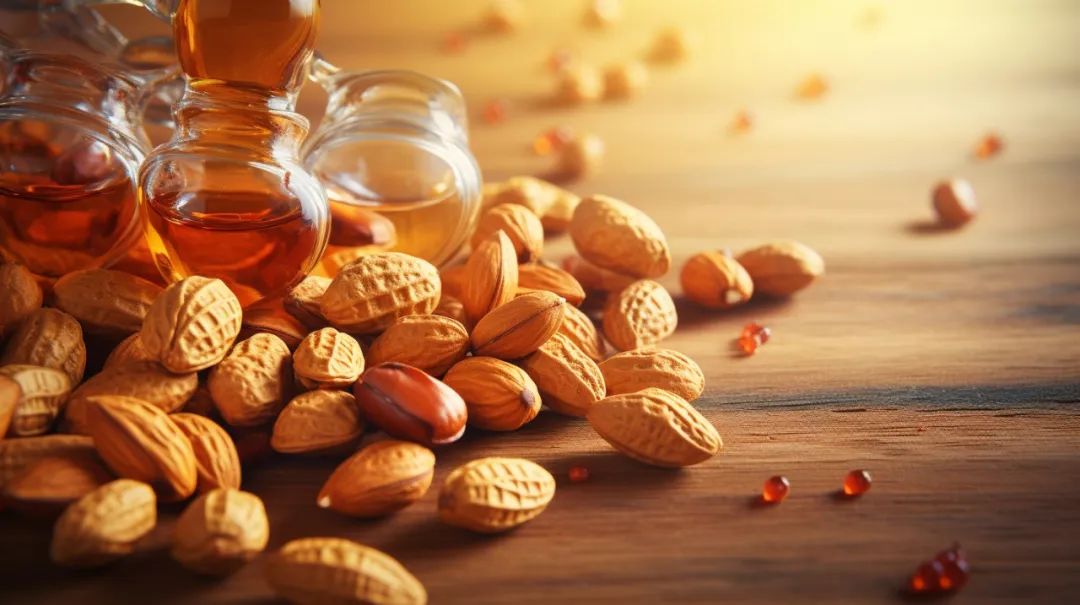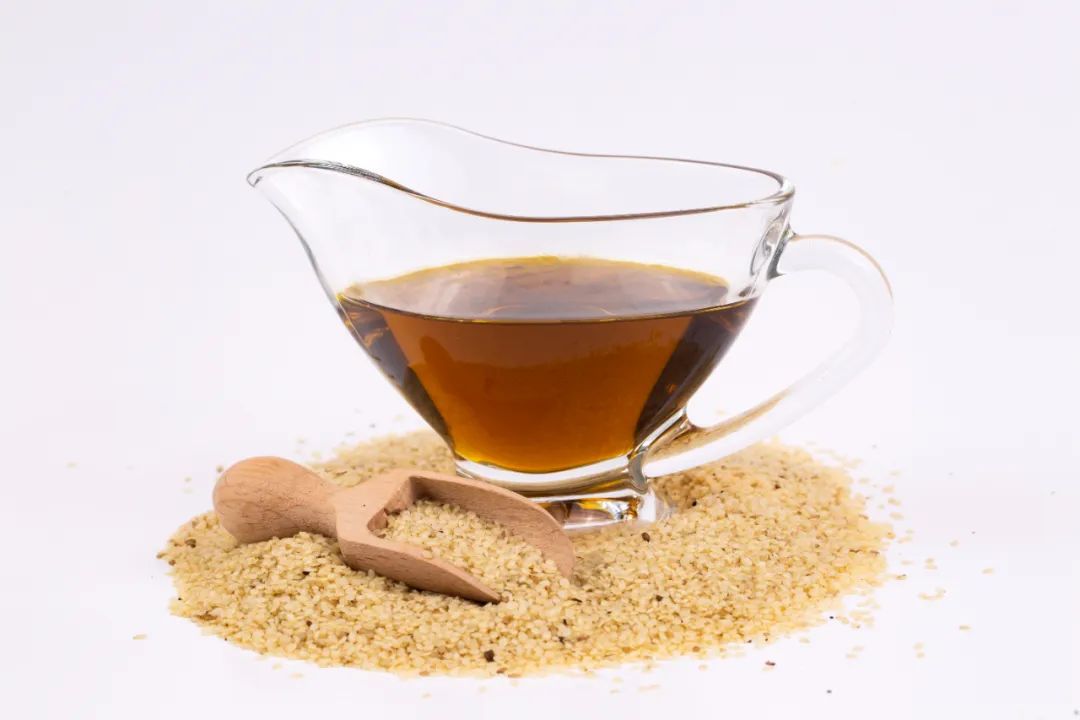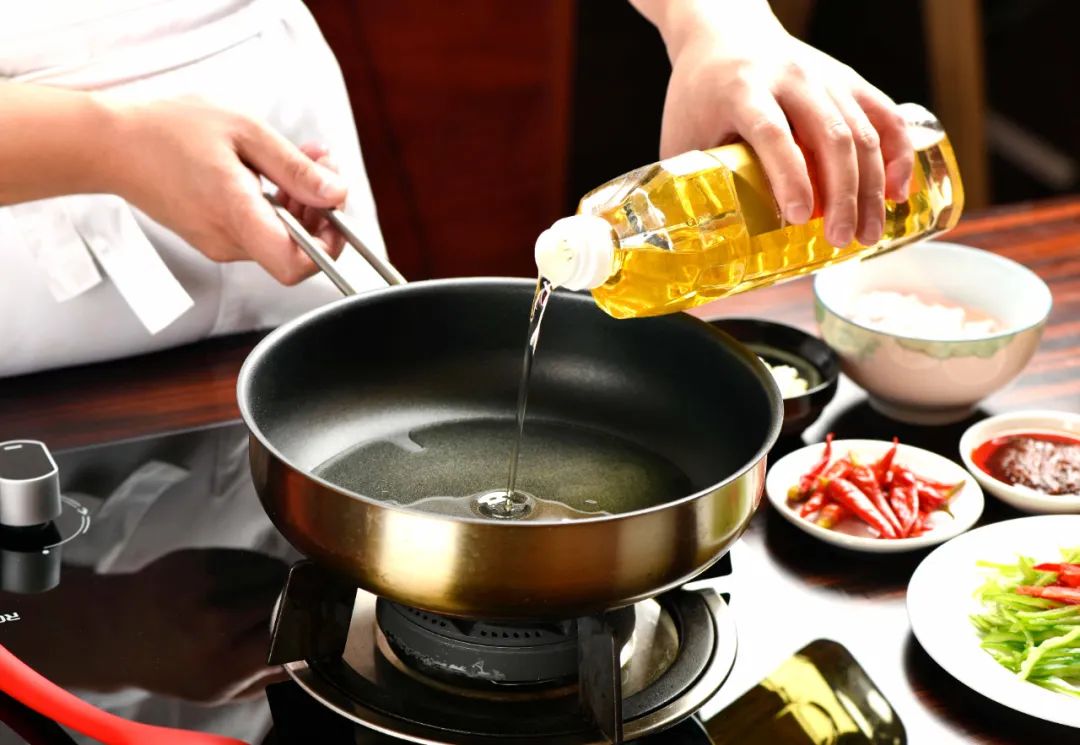Peanut oil, olive oil, sunflower oil … Which should I eat? Make it clear in one article!
How to choose and eat edible oil? What’s the difference between different varieties of edible oil? Which oil is better? Can you only eat one kind of oil for a long time? Let’s answer these questions one by one.
How to choose different edible oils?
1. Soybean oil
Advantages: it is rich in vitamin e, vitamin d and lecithin, which is very beneficial to human health and the price is the cheapest.
Disadvantages: easy to be oxidized and rancid, and the longest shelf life is only one year.
Suitable for: stewing and cooking.
Not suitable for: high-temperature stir-frying and frying.
2. Corn oil
Advantages: It is rich in vitamin E, carotene, sitosterol and phospholipids, which has a certain auxiliary effect on the prevention and treatment of "three highs" and complications, and the price is relatively cheap.
Disadvantages: poor heat resistance.
Suitable for: stewing and cooking.
Not suitable for: high-temperature stir-frying and frying.
3. Peanut oil
Advantages: It has unique peanut fragrance and rich contents of vitamin E, choline, sterol and phospholipid, and can prevent chapped skin aging, improve blood cholesterol metabolism, prevent thrombosis, prevent atherosclerosis and coronary heart disease, improve memory and delay brain function decline.
Disadvantages: It is easy to be polluted by aflatoxin, which is toxic to human body. The content of aflatoxin in peanut oil squeezed by indigenous method is easy to exceed the standard.
Suitable for: daily cooking, stewing, cold salad and short-time frying.
Not suitable: frying for a long time.

4. Rapeseed oil
Advantages: It has a unique fragrance and is rich in vitamin E, carotene, phospholipids, etc., and has certain functions of softening blood vessels and delaying aging.
Disadvantages: it may contain a certain amount of erucic acid, which is a toxic toxin to human body. Priority should be given to buying rapeseed oil without erucic acid or with erucic acid content below 3.0%.
Suitable for: daily cooking and stewing.
Not suitable: high-temperature stir-frying and long-time frying.
5. sunflower seed oil
Advantages: Rich in vitamin E and chlorogenic acid with antioxidant effect.
Disadvantages: it is not heat-resistant, and it is easy to produce harmful substances after frying or repeated heating.
Suitable for: stewing and cooking.
Not suitable for: high-temperature stir-frying and frying.
6.olive oil
Advantages: The monounsaturated fatty acid content is very high.
Disadvantages: But the content of polyunsaturated fatty acids is very low and the price is very expensive.
Suitable: refined olive oil is suitable for cooking and stewing, and virgin olive oil is suitable for cold salad.
7.sesame oil
Advantages: strong fragrance, and natural antioxidants such as sesamol and sesamin.
Disadvantages: the aroma cannot withstand high temperature heating.
Suitable for: cold salad, dipping, or adding a few drops when making soup.
Not suitable for: stewing, stir-frying, high-temperature stir-frying and frying.

On the whole, each variety of vegetable edible oil has its own unique nutritional value, so it is necessary to change the edible oil and not eat the same one for a long time.
Cooking oil selection and cooking remember these things.
1. When purchasing edible oil
(1) Look at the quality level
Edible oil is divided into four grades: Grade I, Grade II, Grade III and Grade IV (olive oil is a special case, which is divided into virgin olive oil: extra-grade, intermediate, refined and mixed). No matter which grade of oil it is, it can be eaten normally as long as it meets the national standards.
First-and second-grade edible oils have high purity, few impurities, clear color, light fragrance and taste, and less oil smoke when cooking, which is suitable for high-temperature stir-frying and deep-frying. But the disadvantage is that the degree of refining is too high, resulting in the loss of nutrients in oil.
Third-and fourth-grade edible oils are just the opposite. They are low in purity, rich in impurities, dark in color or moderately turbid, strong in flavor and taste, and have large oil smoke when cooking, which is more suitable for low-temperature cooking. But their advantage is that they retain the nutrients in the oil to the greatest extent.
(2) Look at the processing technology
Many people like to squeeze oil and think it is healthier; I don’t like leaching oil, and I think it will leave chemicals. In fact, don’t worry too much. As long as it is edible oil that meets the national standard, it is safe to eat if you choose a big brand of regular supermarkets.
Don’t buy bulk oil of unknown origin, and don’t choose oil squeezed by local methods in small workshops.
(3) Look at the production date and shelf life.
The closer the production date is, the better the shelf life is. Generally, the shelf life of edible oil is 18-24 months, and it should be stored in a cool, dry, dark and sealed place.
(4) Try to buy small packages.
After the cooking oil is opened, it will undergo oxidation reaction with air, which will accelerate the deterioration of the oil. So try to buy small bottles of cooking oil, cover it every time you run out of oil, and it is best to use it within 3 months after opening.
2. When cooking with edible oil

(1) control the total intake
Dietary Guidelines for China Residents (2022 Edition) recommends that the daily edible oil intake of residents should be controlled between 25 and 30 grams.
(2) control the cooking oil temperature
Don’t wait until the oil smokes before putting ingredients into cooking, because some edible oils, such as soybean oil, corn oil, rapeseed oil, sunflower oil, extra virgin olive oil, walnut oil, sesame oil, linseed oil, perilla oil and grape seed oil, are not suitable for high-temperature cooking.
(3) Control the cooking mode
Use less cooking methods such as frying and frying. Cooking methods should be based on steaming, boiling, stewing, stewing and frying, with less frying and frying, and air fryer can be used instead of frying.
(4) Use new oil every time.
Many families will save the oil after frying food and continue to fry other foods or use it for cooking. However, repeatedly fried oil is easy to produce carcinogens, such as trans fatty acids, benzopyrene, acrylamide, heterocyclic amines, etc., and long-term consumption will bring health hazards. No matter what cooking method is used, oil is only recommended to be used once, and new oil should be used every time.
Long press the QR code to subscribe ↓↓↓↓
In 2023
China Women’s Daily and China Women’s Movement.

Source/Popular Science China, Health Times
Picture/photo network
Original title: "Peanut oil, olive oil, sunflower oil … What kind should I eat? Make it clear in one article! 》
Read the original text